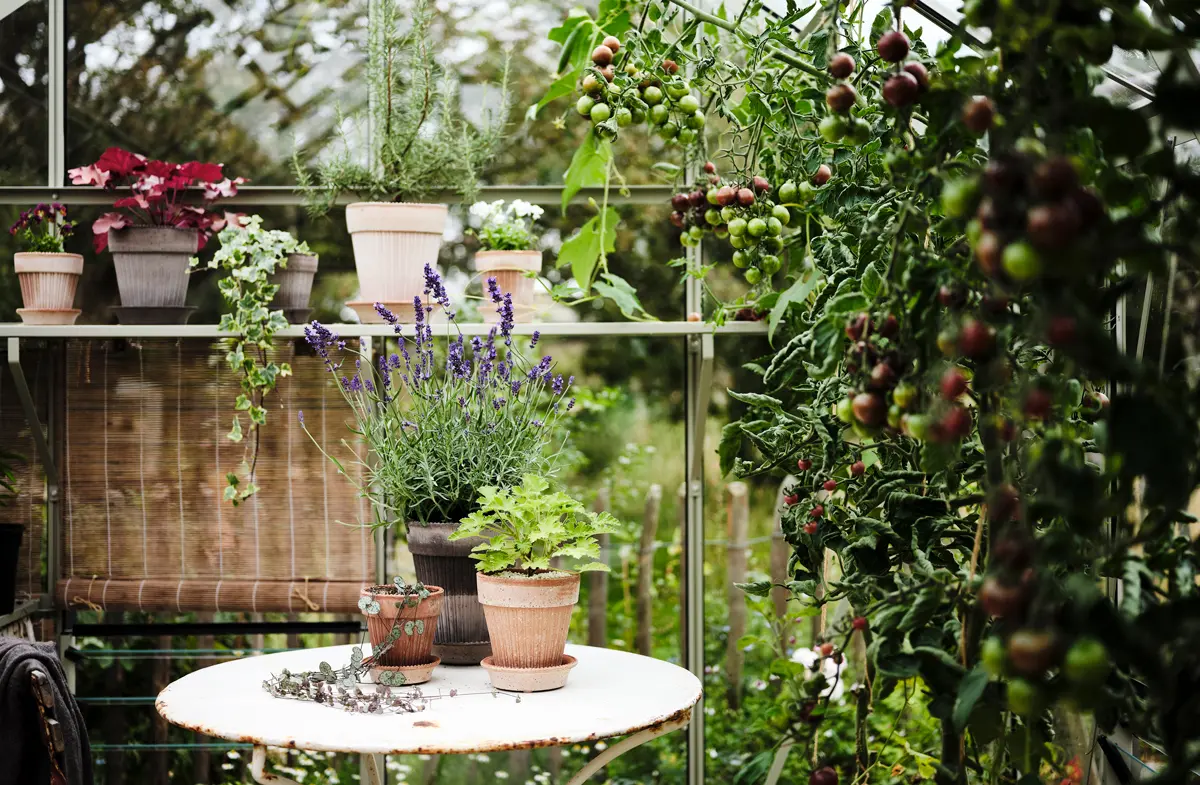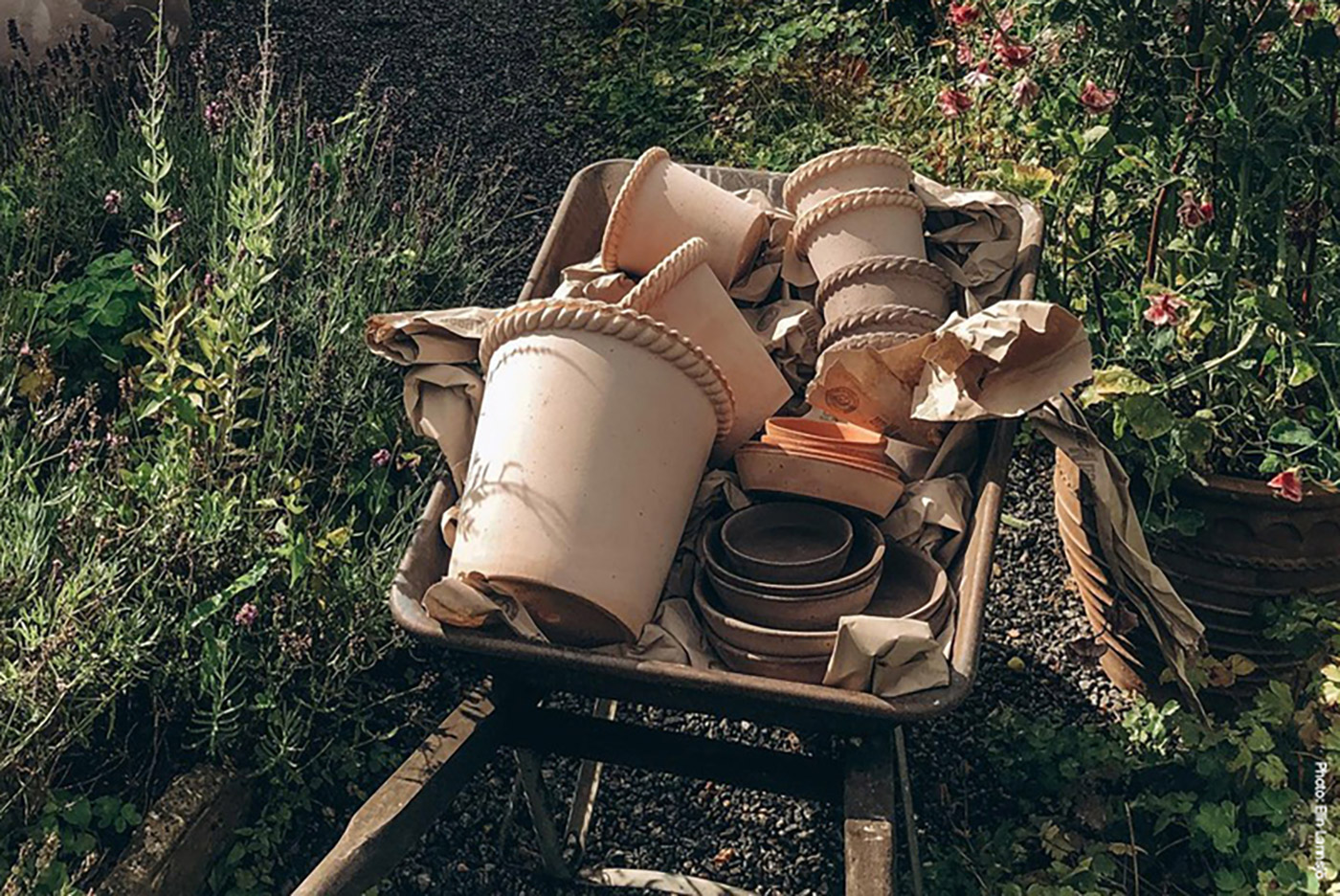 https://bergspotter.com/wp-content/uploads/2024/08/spring_in_window_daffodils_journal_q1_2023.webp
804
1200
Line Sørensen
https://bergspotter.com/wp-content/uploads/2024/03/bergs_potter_logo_dark.svg
Line Sørensen2024-08-26 11:44:492024-11-18 15:14:31Dazzling Daffodils
https://bergspotter.com/wp-content/uploads/2024/08/spring_in_window_daffodils_journal_q1_2023.webp
804
1200
Line Sørensen
https://bergspotter.com/wp-content/uploads/2024/03/bergs_potter_logo_dark.svg
Line Sørensen2024-08-26 11:44:492024-11-18 15:14:31Dazzling DaffodilsAs spring arrives, it’s the perfect time to embrace the wonders of terracotta gardening. Discover why terracotta pots offer the ideal balance of moisture and airflow for plants to thrive, and explore our guide to selecting the best pots for your green space. From herbs and strawberries to vibrant blooms, terracotta is a timeless choice to bring natural beauty to your garden.
Terracotta pots are a popular choice for growing plants because they have the ideal combination of porosity that helps adjust moisture levels while also allowing air to help your plants thrive. Photo: Bergs Potter
Whether you are a seasoned gardener or just starting out, planting in terracotta pots is a great and manageable way to get into the gardening mood. There is something undeniably magical about watching a plant grow from a tiny seedling into a full-fledged garden beauty.
Giving your plants perfect conditions
Terracotta pots are a popular choice for growing plants as they have the ideal combination of porosity, helping with proper drainage and ventilation, and they are durable if good taken care of. And, why not start a new gardening adventure by planting easy-peasy plants or favourite herbs and fruits like dill, mint, peas, strawberries, or leaf lettuce in pots? Find the perfect sunny spot and watch as the plants grow and produce sweet, juicy, and delicious results.
Photo: Bergs Potter.
Designed with depth in mind – our tall terracotta pots provide the perfect home for deep-rooted plants, allowing them to stretch and thrive. Photo: Bergs Potter
Terracotta pots are a popular choice for growing plants because they have the ideal combination of porosity that helps adjust moisture levels while also allowing air to help your plants thrive.
Potted plants are a great way to bring the freshness of a garden into your home or to create a small herb or vegetable garden on your terrace or backyard. The great thing about growing plants in pots is that you can choose plants that are well-suited to your taste and move the pots around to find the best sunlight conditions.
Easy-peasy pea plants
A fun and fast-growing creature is the pea. Sow the pea seeds about 5 cm deep in the pot. Water thoroughly and place it in a sunny spot. If needed, support the pea plants to climb on and watch as they grow and produce sweet, delicious pods. And if you cannot wait for the pods, the shoots and leaves of pea plants can be eaten as a delightful and crispy vegetable green.
Photo: Bergs Potter
Strawberry: A delicious addition to the outdoor space
Strawberries in terracotta pots are another tasty and decorative plant for your outdoor area; they even look great as an edible table decoration. These juicy and delicious berries are not only simple to grow but also adaptable and can be grown in clay pots. Now is the time if you want to start your own portable strawberry patch.
Strawberries in the making. In a low Helena terracotta pot. Photo: Bergs Potter
Photo: Bergs Potter
The best time to plant strawberries is in the spring or early summer when the risk of frost has passed. When selecting a pot, choose a large diameter to provide enough space for the plants to grow and develop their roots. Soak the terracotta pot for an hour or more before planting. Keeping the soil moist is crucial for the plant’s success. With a little patience and care, you’ll be enjoying the yummy taste of fresh strawberries right from your own patio or balcony.
Soak the terracotta pot for an hour or more before using it, so it is saturated and can hold moisture. Once your strawberries are planted, it’s important to keep the soil moist but not soaked. Strawberry plants have a central taproot and fibrous roots that grow near the soil surface, making the plants more likely to dry out. Photo: Bergs Potter
Five-step-guide to choosing terracotta pots
Terracotta is a clay-based material with numerous qualities that is great for plant pots. The name “terracotta” comes from the Italian words “terra” (earth) and “cotta” (baked). When choosing terracotta flowerpots, there are a few factors to consider:
1. Porosity
Terracotta is a porous material which helps with proper drainage and ventilation for the roots of your plants. This means that excess water can be absorbed, reducing the risk of overwatering.
2. Size
Ensure that the pot is the correct size for your plant, allowing for adequate growth. Plants with shallow roots need taller pots to reach deeper into the soil to find water and nutrients. This helps the plant grow stronger and healthier.
3. Drainage
Ensure the pot has sufficient drainage holes to prevent water from accumulating and causing root rot.
4. Style
Terracotta pots are available in a variety of shapes, sizes, and designs to suit any aesthetic, both indoors and out.
5. Quality
Look for terracotta pots made from high-quality, durable clay that has been fired at high temperatures for extra strength.













